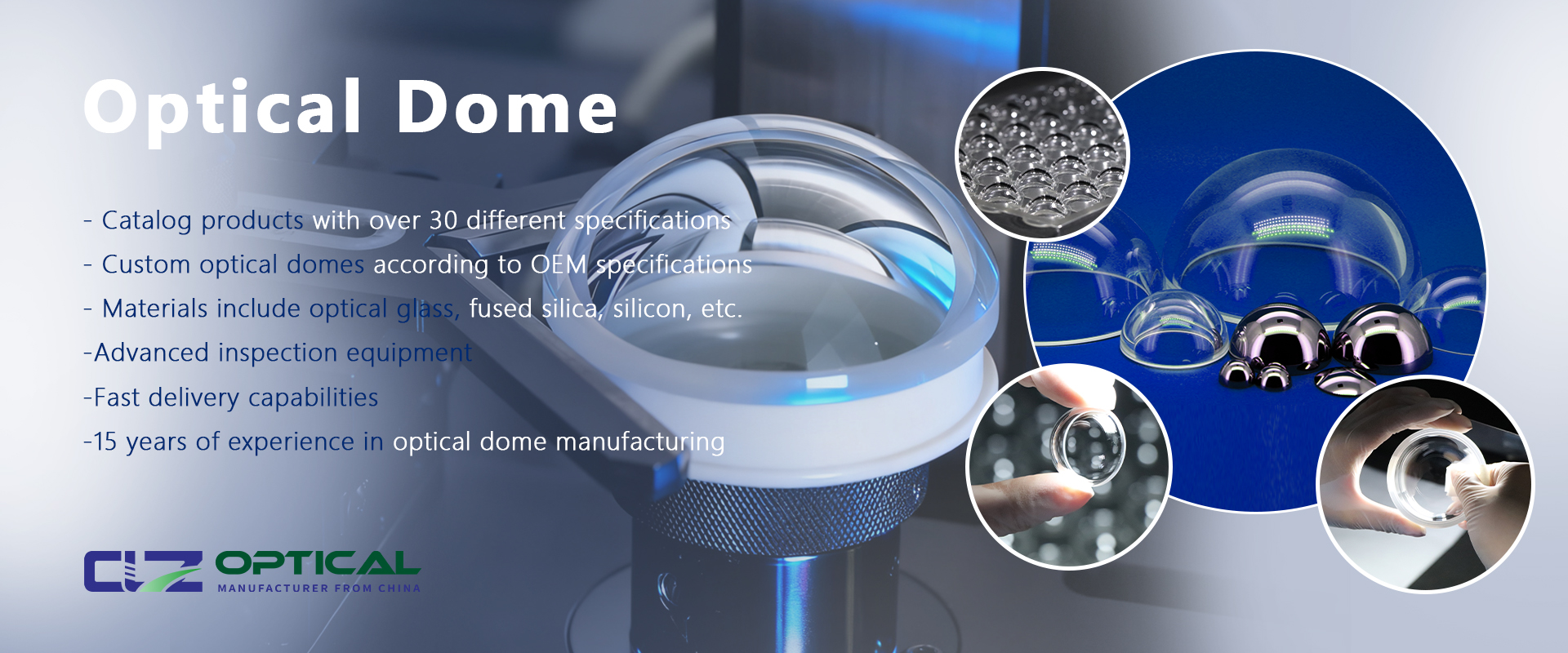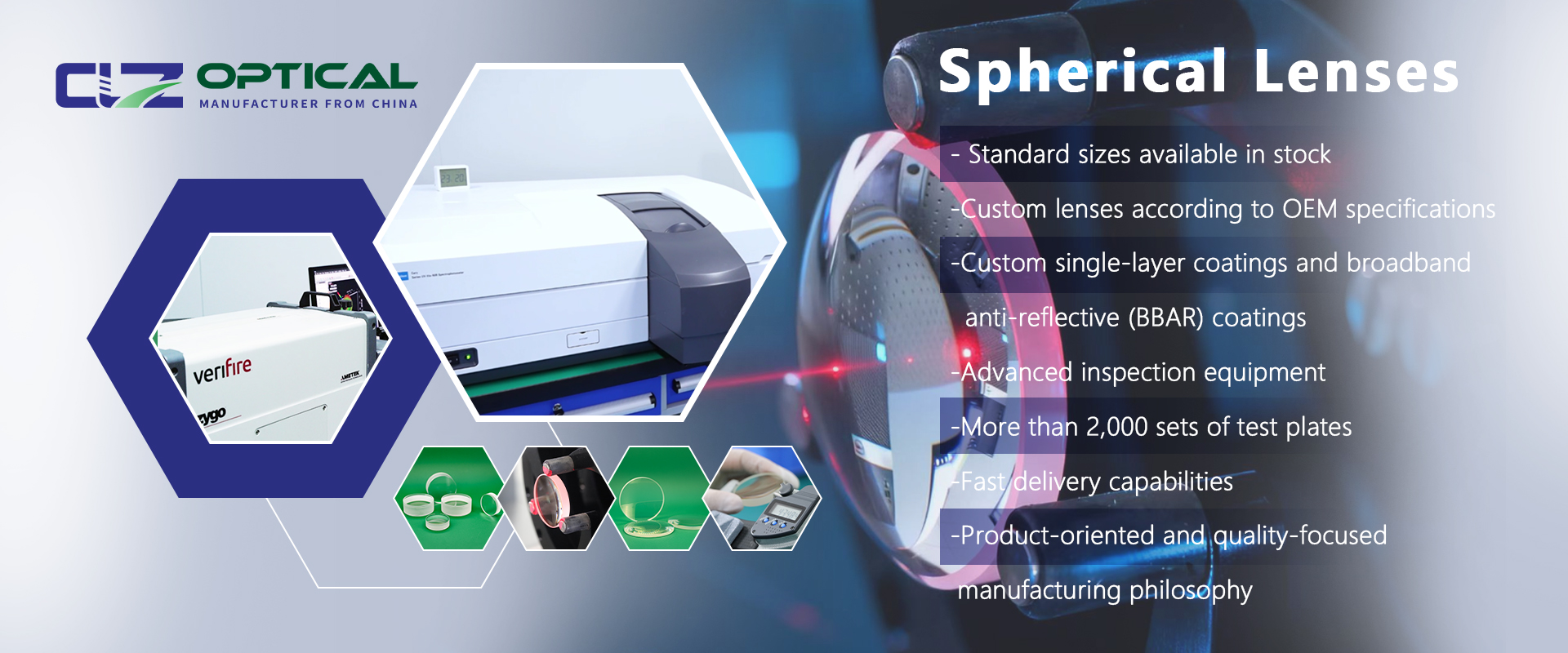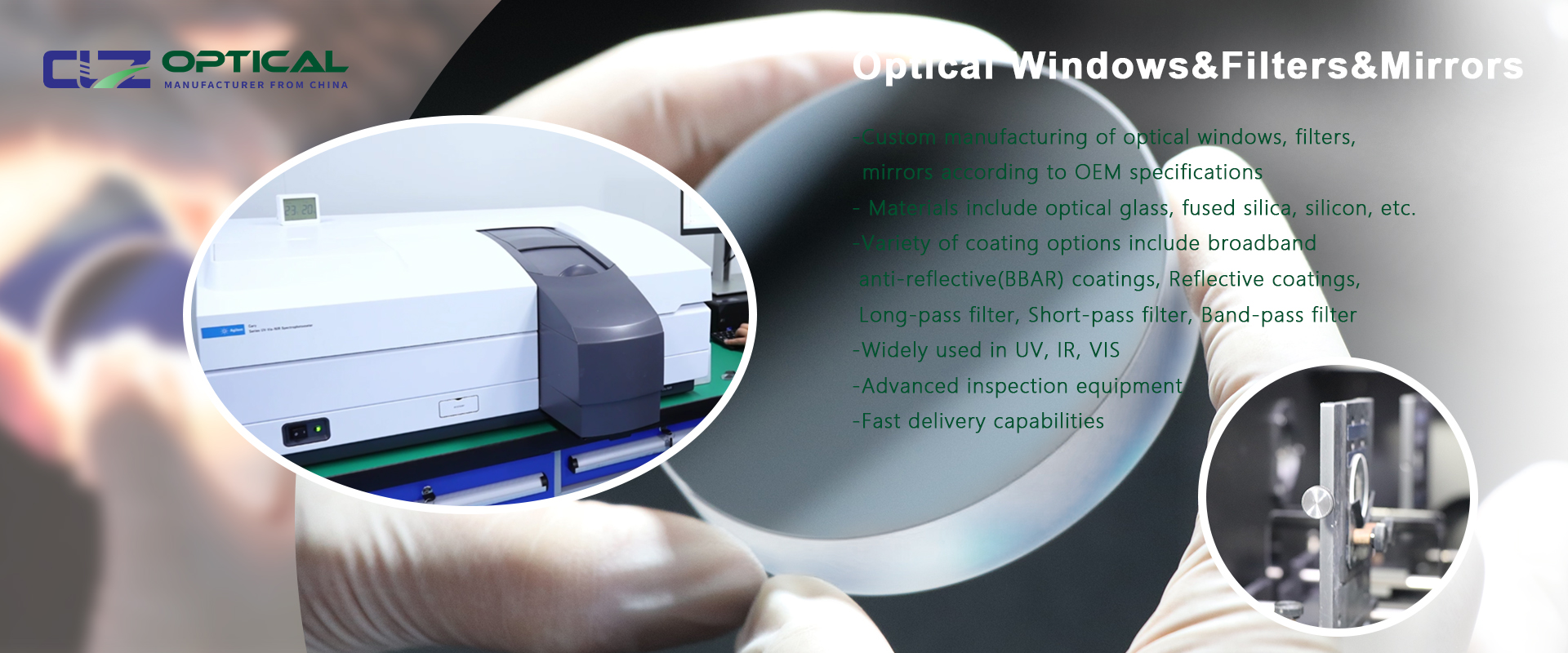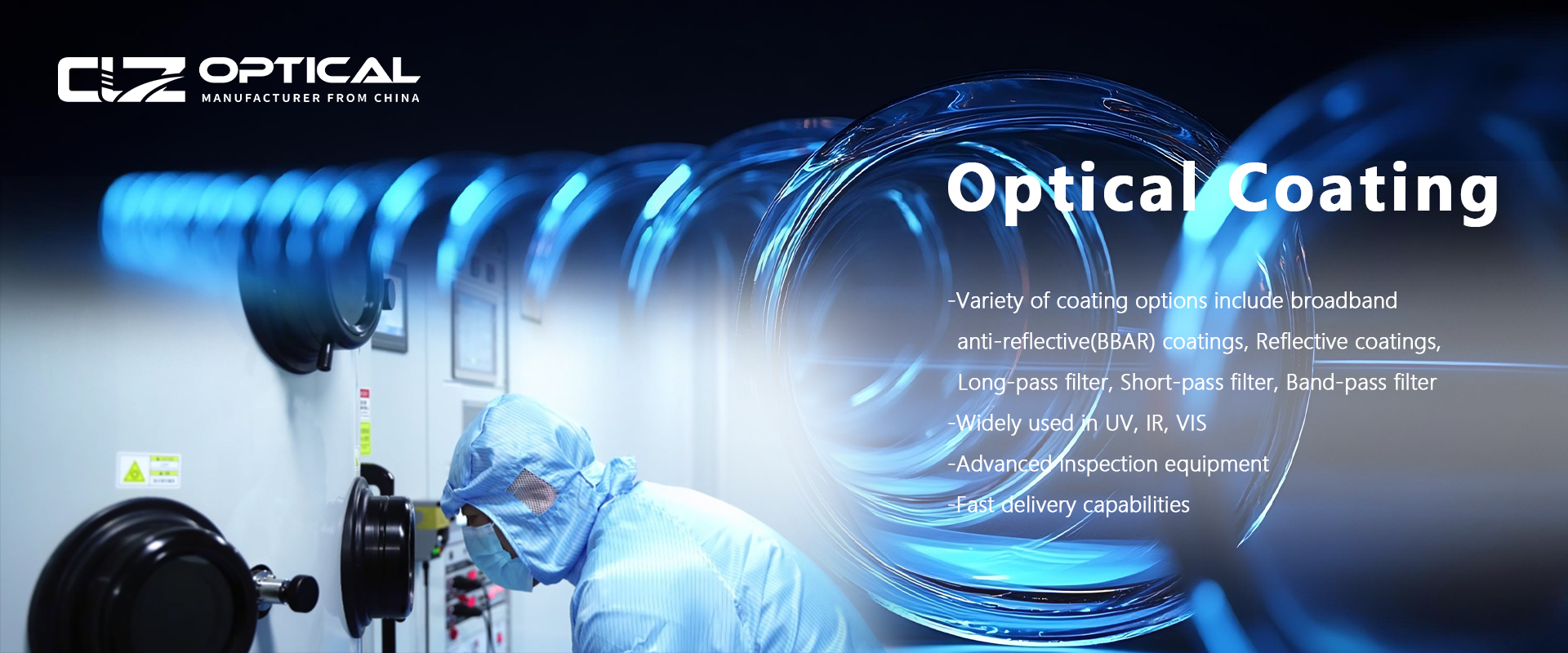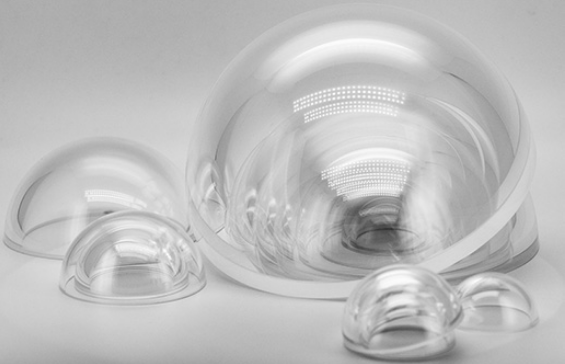Precision Engineered Fused Silica Glass Domes: Ultimate Optical Performance
Apr. 05, 2025
Fused silica glass domes are meticulously engineered to meet the exacting standards of advanced optical systems. Their two parallel surfaces are precisely polished to ensure minimal distortion and maximum clarity, allowing light to pass through with negligible refraction. This precision enhances the accuracy of imaging and detection systems, making these domes ideal for applications ranging from military manufacturing to conventional optical setups.
Exceptional Clarity and Durability
Renowned for its superior optical properties, fused silica offers high light transmission across a broad spectrum—from ultraviolet (UV) through visible to infrared (IR) wavelengths. This wide spectral range makes fused silica domes suitable for diverse applications, including underwater photography, atmospheric detection, and deep-sea imaging. Moreover, fused silica exhibits remarkable durability and resistance to environmental factors. Its ability to withstand high pressures and extreme temperatures, coupled with excellent chemical durability, ensures that the domes maintain their optical integrity over time, even in harsh environments such as underwater and subsea applications.
In summary, the combination of precision engineering, exceptional optical clarity, and robust durability positions fused silica glass domes as a superior choice for demanding optical applications.
Thermal Stability for Reliable Measurements
Fused silica glass domes are engineered to maintain exceptional optical performance across a broad temperature range, making them ideal for applications in challenging environments. Their low coefficient of thermal expansion ensures that the domes retain their shape and clarity even under significant temperature fluctuations, thereby providing consistent and accurate measurements. This thermal stability is crucial for maintaining the integrity of optical systems in fields such as aerospace, underwater exploration, and atmospheric monitoring.
Customizable Sizes and Applications
Recognizing the diverse requirements of optical systems, CLZ Optical offers a comprehensive range of fused silica glass domes, with diameters spanning from 15 mm to 125 mm. Beyond standard sizes, CLZ Optical provides customization services to tailor domes to specific application needs. Whether for underwater cameras, deep-sea imaging systems, or atmospheric detection devices, the company leverages its expertise to design and manufacture domes that meet precise specifications.
A Range of Optical Dome Applications
Fused silica glass domes are highly versatile components utilized across a broad spectrum of optical applications, owing to their exceptional clarity, durability, and resistance to environmental factors.
Underwater Imaging
In underwater photography, fused silica domes play a crucial role in correcting optical aberrations caused by the refraction of light at the water-air interface. The dome's curved surface minimizes distortion, ensuring clear and accurate images in both submerged and split-level (half above, half below water) shots. This makes them indispensable for underwater cameras and deep-sea imaging systems.
Military and Defense Applications
In the defense sector, infrared domes made from materials like zinc selenide (ZnSe) and sapphire are integral to imaging and detection systems. These materials offer excellent transmission in the infrared spectrum and possess high mechanical strength, making them suitable for harsh environments encountered in military operations.
Atmospheric Detection and Pyranometers
Fused silica domes are also employed in atmospheric detection devices and pyranometers. Their two nearly parallel surfaces allow light to pass through with minimal refraction, ensuring accurate measurements of solar radiation and other atmospheric parameters. This precision is vital for meteorological studies and environmental monitoring.
In summary, the unique optical properties and structural resilience of fused silica glass domes make them essential components in various fields, including underwater imaging, military applications, and atmospheric science.
Conclusion: How Much Do You Know About Fused Silica Domes?
Fused silica is commonly used in the production of domes, which are transparent or translucent structures designed to cover or enclose a space. These domes are frequently employed in high-precision optical systems, such as telescopes, cameras, and laser systems, where they serve to protect sensitive optical components from environmental contaminants while ensuring a clear, unobstructed view.
There are several key advantages to using fused silica domes in optical systems. First, the high purity and chemical resistance of fused silica make it an ideal material for these applications, as it neither absorbs nor scatters light and remains stable over time. Additionally, fused silica has a low coefficient of thermal expansion, meaning it does not undergo significant expansion or contraction when exposed to temperature changes. This characteristic makes it perfect for environments with fluctuating temperatures, such as outdoor optical systems.
Moreover, fused silica domes are highly durable, capable of withstanding high pressures and extreme temperatures, which makes them suitable for harsh environments. Their resistance to UV radiation also makes them ideal for outdoor applications, while their resistance to scratching and other mechanical damage further enhances their durability.
In summary, fused silica domes are a vital component in many high-precision optical systems due to their exceptional chemical and physical properties. These include high purity, low thermal expansion, and resistance to UV radiation and mechanical damage. They provide a clear, unobstructed view while safeguarding delicate optical components, making them indispensable in modern optical systems.












